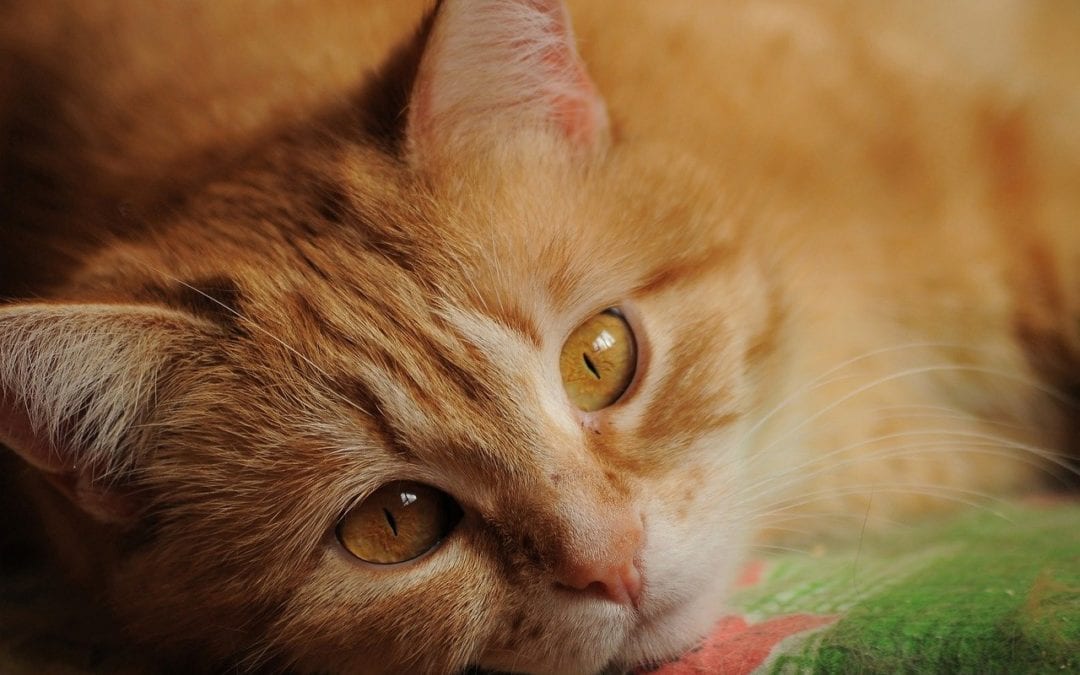Part of cat ownership involves coming across furry, slimy tubes, otherwise known as hairballs. Depending on your cat’s hair coat length, you may wonder if the number of hairballs your feline friend produces is normal. Our team wants to make sure you are in the know about your cat’s hairballs.
How are hairballs formed?
As cats groom themselves, the tiny hooks on their tongues trap dead or loose fur that they ingest. Whether your cat is long- or short-haired, they will still ingest enough fur to create hairballs. Most of the hair passes easily through the gastrointestinal tract, but some can become clumped in the stomach and, in rare cases, become too bulky to be passed. These uncommon instances require surgical removal.
How does my cat get rid of their hairballs?
In most cases, your cat will vomit up the hairball, which will pass from their stomach to the esophagus and then flatten out into a thin tube, rather than an actual ball, as it goes through the esophagus. So, no, cats do not cough up hairballs—they vomit them.
How many hairballs should my cat normally produce?
The general consensus is that cats should produce no more than one hairball per week, no matter their coat length. So, if your cat is vomiting hairballs more frequently, retching without any production, or not eating, schedule an appointment with our veterinarian.
How can I reduce hairball development in my cat?
If you’re not a fan of cleaning up slimy fur clumps, you can take steps to reduce the number of hairballs your cat produces. Try the following methods:
- Brushing your cat daily
- Switching to a hairball-control diet
- Using an oral gel that binds hair in the stomach and allows easier passage
If you have any questions about your feline friend’s hairballs, please contact us.

